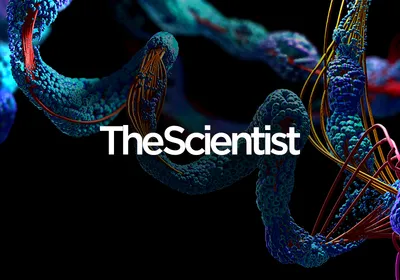In 1999, a paper in Nature Medicine reported that mouse models of the fatal neurodegenerative disorder amyotrophic lateral sclerosis fared better with a simple treatment: a diet supplemented with creatine, a compound that helps regulate energy levels in the brain and muscles (5:347–50). That promising, albeit preliminary, result soon launched not one but three clinical trials, with a total of 386 patients in the US and Europe. Disappointingly, the trials revealed that creatine had no effect in people. It was a familiar outcome: more than 50 other clinical trials of potential amyotrophic lateral sclerosis (ALS) drugs, ranging from lithium to celecoxib (Celebrex), have failed.
Also known as Lou Gehrig’s disease, ALS results from the degeneration and death of motor neurons, and affects approximately two to five of every 100,000 people worldwide. ALS’s devastating symptoms—including progressively worsening muscle weakness and spasming, and difficulties with speech, swallowing, and breathing, leading ultimately to ...



















